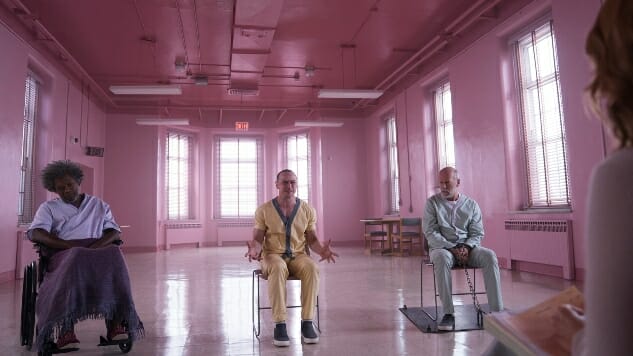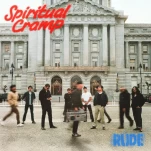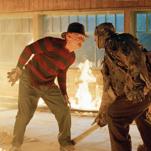Glass
Images via Jessica Kourkounis/Universal Pictures
1. For a movie that’s supposedly a sequel 18 years in the making, Glass sure does feel like it was put together in a hurry. After the (mostly justified) success of Split, and a post-credit sequence that placed it in the heretofore unexplored Unbreakable Cinematic Universe, writer-director M. Night Shyamalan took advantage of the biggest hit he’s had since his heyday by tying it to one of the films that made his name in the first place. There’s a reason the Shyamalan brand had faded before then—so much so that he needed to start making found-footage thrillers like The Visit and align with Blumhouse to get himself bankable again—and it is apparent in every second of Glass. Shyamalan hasn’t so much made a sequel to Unbreakable as he’s made a meta-commentary on it and on the process of making movies out of comic books. Unfortunately, the meta-commentary seems to exist only to bolster his own ego, to scream out to the world that his comic book movie is smarter than the aforementioned comic book movies. The old Shyamalan is back, reminding us: Oh yeah, there was a reason we all stopped watching so long ago.
-

-

-

-

-

-

-

-

-

-

-

-

-

-

-

-

-

-

-

-

-

-

-

-

-

-

-

-

-

-

-

-

-

-

-

-

-

-

-

-








































